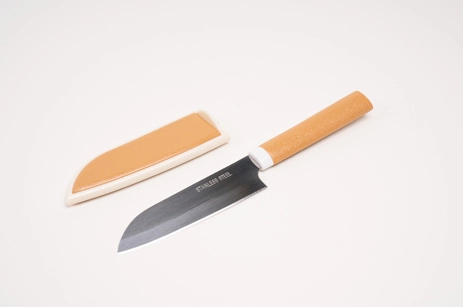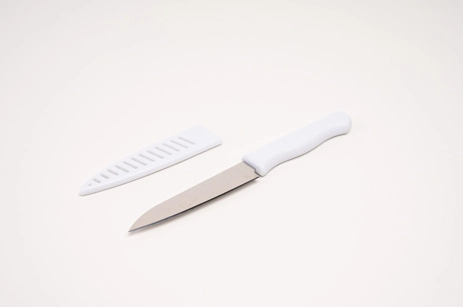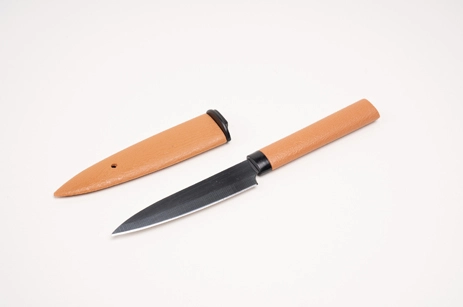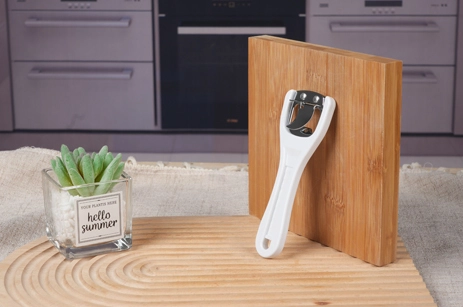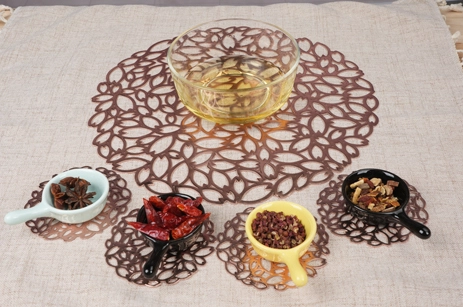How to Choose the Right Fruit Knife for Your Kitchen
1. Blade type: Choose a fruit knife with a thin, sharp, and serrated blade. Serrated blades are best for cutting through the tough skin of fruits while maintaining a clean slice.
2. Size: Consider the size of the fruit knife. Smaller knives with blades around 3-4 inches are ideal for smaller fruits like strawberries or kiwis, while larger blades around 6-7 inches are better for larger fruits like watermelons or pineapples.
3. Material: Look for a fruit knife made of high-quality stainless steel for durability and rust resistance. Stainless steel blades also provide a smooth cutting experience and are easy to clean.
4. Handle: Opt for a fruit knife with an ergonomic handle for a comfortable grip. The handle material should be slip-resistant and durable, such as rubber or plastic.
5. Safety features: Check for safety features like a finger guard or a sheath to protect your fingers and keep the blade covered when not in use. This ensures safe handling and storage of the Chinese kitchenware wholesale in the kitchen.
Safety Tips for Using a Fruit Knife
1. Proper grip: Hold the fruit knife securely with a firm grip to maintain control and prevent slipping or accidental cuts.
2. Cutting surface: Always use a stable cutting surface like a cutting board. Avoid cutting fruits in your hand, as it increases the risk of injury.
3. Knife technique: Use a sawing motion rather than applying excessive force when cutting through tougher fruits. This helps maintain control and reduces the chance of the knife slipping.
4. Keep fingers clear: Keep your fingers clear of the blade and use a claw grip when cutting. Curl your fingertips inward and hold the fruit with your knuckles for added protection.
5. Store safely: When not in use, store the fruit knife in a designated spot, such as a knife block or a protective sheath. This prevents accidental cuts when reaching into drawers or cabinets.
How to Properly Clean and Maintain Your Fruit Knife
Hand washing: Always wash your fruit knife by hand using warm water and mild dish soap. Avoid using abrasive cleaners or placing it in the dishwasher, as it can damage the blade and handle.
Immediate cleaning: Clean the knife immediately after use to prevent any residue from drying or hardening on the blade. Wipe it with a damp cloth or sponge to remove any food particles.
Drying: Thoroughly dry the knife with a clean towel after washing to prevent moisture buildup and potential rusting. Pay attention to the handle and ensure it is completely dry as well.
Storage: Store your fruit knife in a knife block, drawer divider, or magnetic strip to protect the blade and prevent accidents. Avoid storing it loosely in a drawer where it can come into contact with other utensils.
Regular sharpening: Keep your fruit knife sharp for optimal performance by regularly using a sharpening tool or taking it to a professional. A sharp blade ensures clean cuts and reduces the risk of accidents caused by inadequate cutting force.

 EN
EN
 jp
jp 